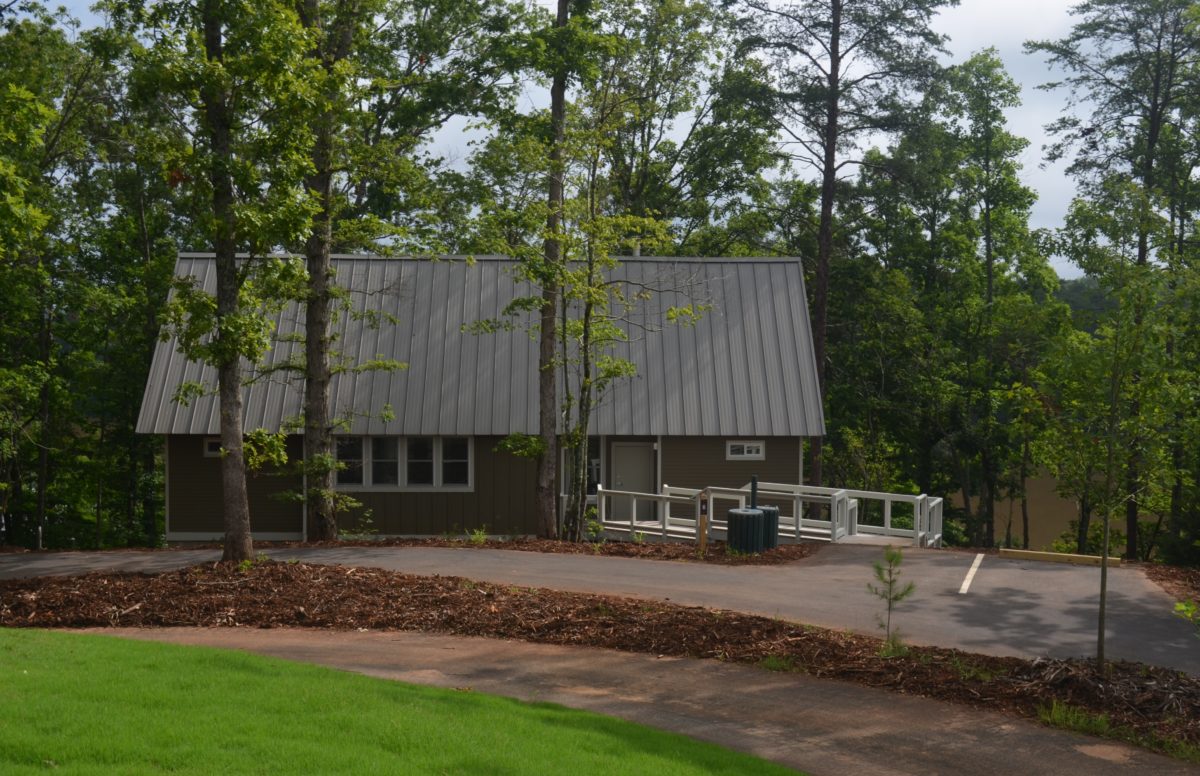 If you’re like most families that live on Lake Lanier, you know how boring it can be.
If you’re like most families that live on Lake Lanier, you know how boring it can be.
Speedboats, fishing boats, PWC, pontoon boats, houseboats, swimming, fishing, getting a tan, cool breezes on warm days, gorgeous sunsets, and sitting on the dock with friends day after day is fine, I guess.
But what do you tell your kids when you see their sad faces and dejected hearts … and they look at you with tears in their eyes and say, “I’m bored. When are you going to let me count bats?”
We all know what that’s like, don’t we?
Be of good cheer! The Georgia Department of Natural Resources has the answer to little Bubba’s and Sissy’s plaintive pleas.
The DNR is seeking volunteers to begin collecting acoustic data from Georgia bats in the wild this month.
(Would I lie to you?)
Finally, your lifelong love of bats is coming in handy! (Sure, you’re still weird, but now your weirdness has a purpose … kinda like Al Gore, for example.)
A wildlife biologist named Trina Morris [I wonder if she sleeps hanging upside-down?] is organizing volunteers to help monitor changes in bat populations, particularly in the face of widespread threats, such as white-nose syndrome — a disease also often referred to as “WNS” that has killed an estimated 5.7 million to 6.7 million bats.
Georgia’s 16 bat species eat insects and use biological sonar called “echolocation” to navigate, communicate and find prey. The survey that Trina is organizing will ask volunteers to drive a 30-mile route or “transect” carrying equipment that can record and decipher bat calls by species.
[Note to Teens: Here’s your big chance to ask your parents if you and Robin can borrow the car to record bats!]
“Acoustic transects provide a great opportunity for the public to be directly involved in collecting data on wildlife species in the state,” said Morris, who works with the Wildlife Resources Division’s Nongame Conservation Section. “By driving the same routes over time, we can better monitor these species and the impacts of WNS and other impacts to bats in our state.”
Protocols and an instructional video posted here describe how and when routes are run (30-minutes after sunset once this month and in July). A map marks where the 31 routes are in the state and which ones are open.
Trina Morris will provide the recording equipment — called an Anabat – which was purchased for this project through a federal grant. Volunteers need a vehicle, plus the flexibility and dedication to run the routes as needed, report the data and, hopefully, agree to participate for more than one summer.
“We are looking for volunteers who can commit to this project for several years and are willing to help transport equipment and coordinate with other volunteers,” Morris said. “It’s a big effort but a great opportunity for citizens to get involved with bat conservation in Georgia.”
Bat People! Click Here for the Anabat Project
Interested volunteers can contact Ms. Morris at [email protected] or (770) 918-6411.
Georgians can also help conserve bats and other animals not hunted, fished for or trapped, as well as native plants and habitats, by purchasing or renewing a bald eagle or a ruby-throated hummingbird license plate. These license plates are vital to the Nongame Conservation Section, which receives no state general funds.


